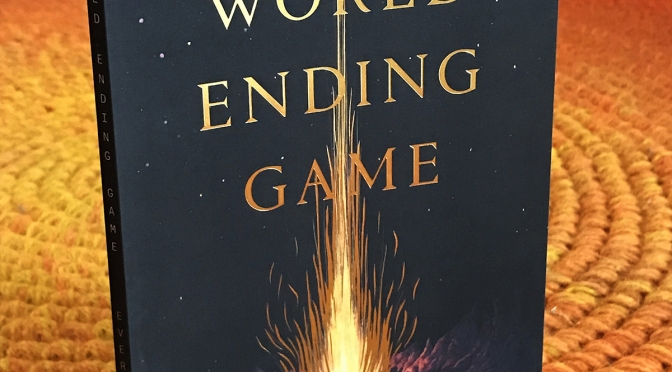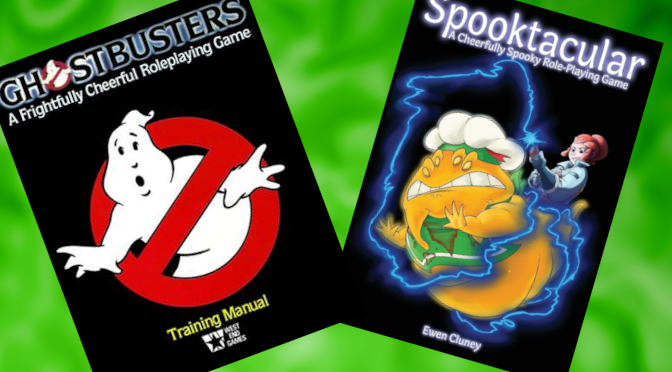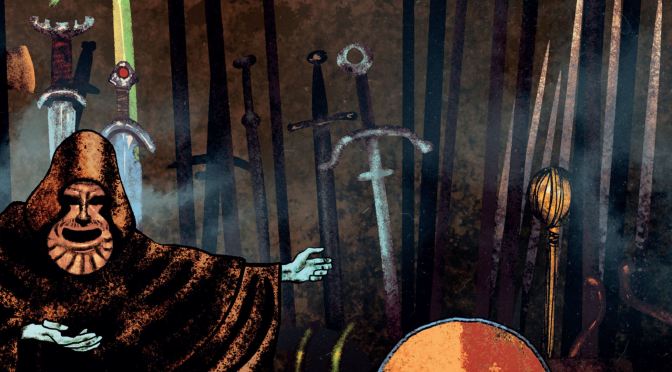Stardew Valley returned to the video game consciousness in a big way recently with the release of its 1.6 update. This update includes new content, rebalancing, and generally significant improvements and changes to the game that most thought unlikely after the 1.5 update due to designer Eric ‘ConcernedApe’ Barone shifting his focus to his next game, Haunted Chocolatier. Needless to say the scope of the update was a very pleasant surprise, and many players, myself included, dove back in.
I’ve put a number of hours into a new playthrough of Stardew Valley, having previously put the game down after the 1.5 update. Compared to my last two playthroughs I’ve taken more time to consider the design of the game and what it can teach us about tabletop games. Much like the last time I analyzed a video game like this, No Man’s Sky, the intent is not to imply that the gameplay loops would make much sense at the tabletop; Stardew Valley’s most tactile elements, like its combat and fishing, belong firmly in the digital realm. Instead I’d say there’s a lot to learn about how Stardew Valley presents a world and the avenues by which a player can interact with that world. This world design is, in some ways at least, the opposite of No Man’s Sky. Stardew Valley presents a ‘closed world’ where the avenues of interaction are finite and presented from the beginning, and that mode of world design can teach some lessons to tabletop RPGs, either to designers or GMs.
Continue reading Stardew Valley’s Closed World






